What to Watch Out for in VR at IAAPA

by Bob Cooney
It’s IAAPA season again, and I just finished my third edition of the VR Buyer’s Guide (find it at bobcooney .com/guide). My goal in writing it is to help navigate the continuously evolving virtual reality entertainment market.
In addition to more than 50 arcade games and attractions covered in the review section, this edition delves deep into the proliferation of software-only solutions. With the technology stack starting to settle around HTC’s VIVE Focus 3 headset, it’s becoming more difficult for developers and solution providers to make money on hardware. So, they’re focusing on what they do best: make games.
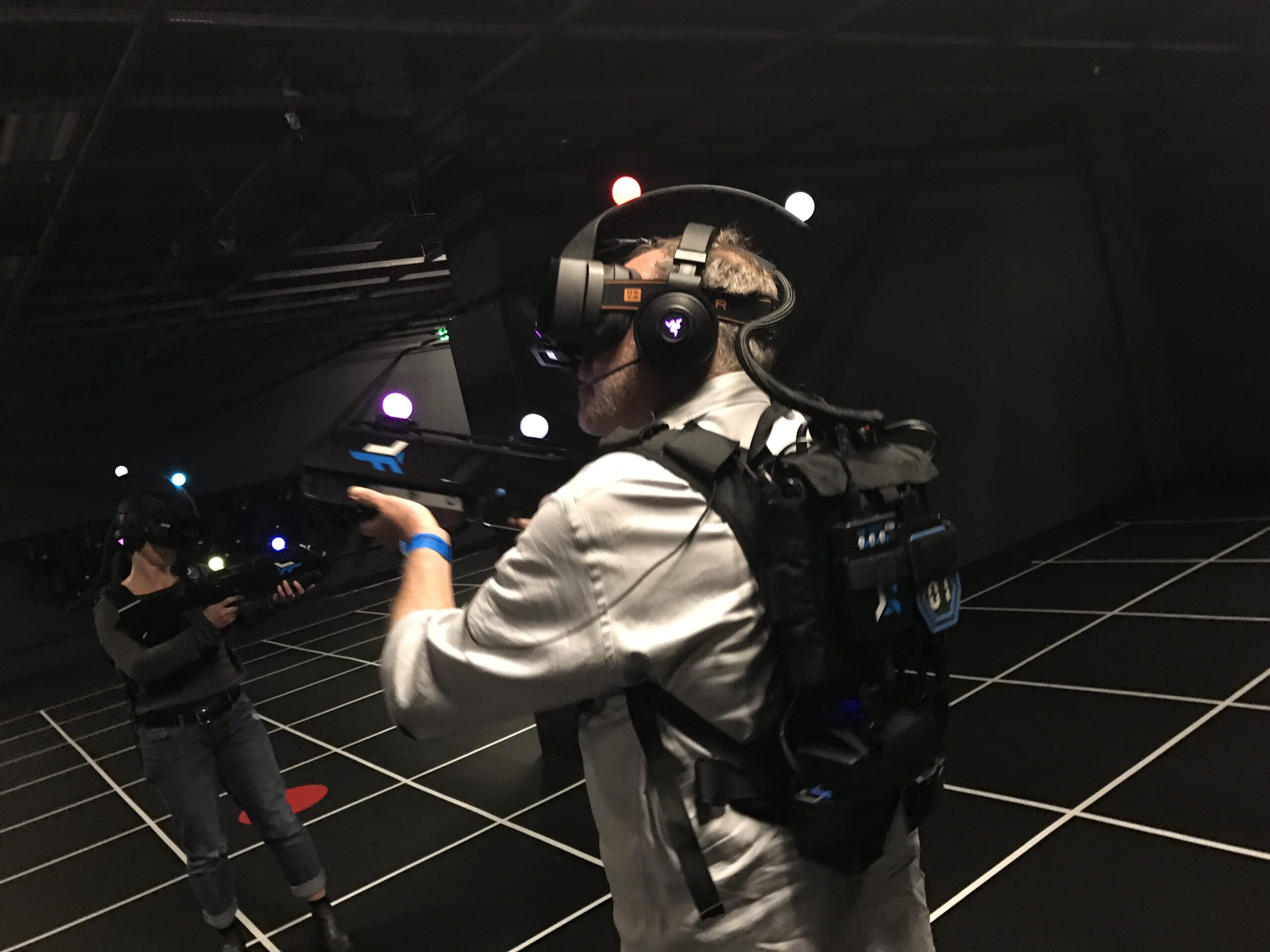
Imagine getting an entire multiplayer, free-roam VR system for less than $10,000. It’s now possible if you’re willing to put in some effort and exercise creativity. In 2016, an 8-player Zero Latency VR arena cost nearly $700,000. That system used a complex array of machine vision-tracking cameras and powerful servers with enterprise-grade networking systems. It took a whole week to install and another week to train staff how to use it.
Fast forward seven years, and free-roam VR has become democratized by new technology. Gone are the backpack computers, external camera systems and server racks. The backpacks have been replaced with all-in-one headsets that handle all the processing and graphics on a chip. They also contain onboard cameras to track players moving about a space. And it can all be run on a laptop computer with a simple consumer Wi-Fi router.
Last year, I predicted the market would “race towards zero,” with turnkey solutions becoming price competitive. This year, many companies that previously promoted complete attractions will offer “Do It Yourself” software licenses. DIY isn’t for everyone, but for budget-constrained businesses, it’s now possible to add free-roam VR for less than the price of a new car (a Corolla, not a Ferrari.)
Free-roam still requires an attendant, but with the labor market easing in many places and the equipment becoming easier to use, it’s a viable option for many locations. And if you push the capacity up towards eight or 10 players at a time, it can be incredibly profitable. It still requires space – most free-roam games still require 50-100 square feet per player – but price is no longer a barrier if you can create or have the square footage. Free-roam VR is one of the most amazing experiences you can offer your customers. Think about it: you put on a headset and wander around any environment imaginable, playing out games and fantasies that just a few years ago cost close to a million dollars.
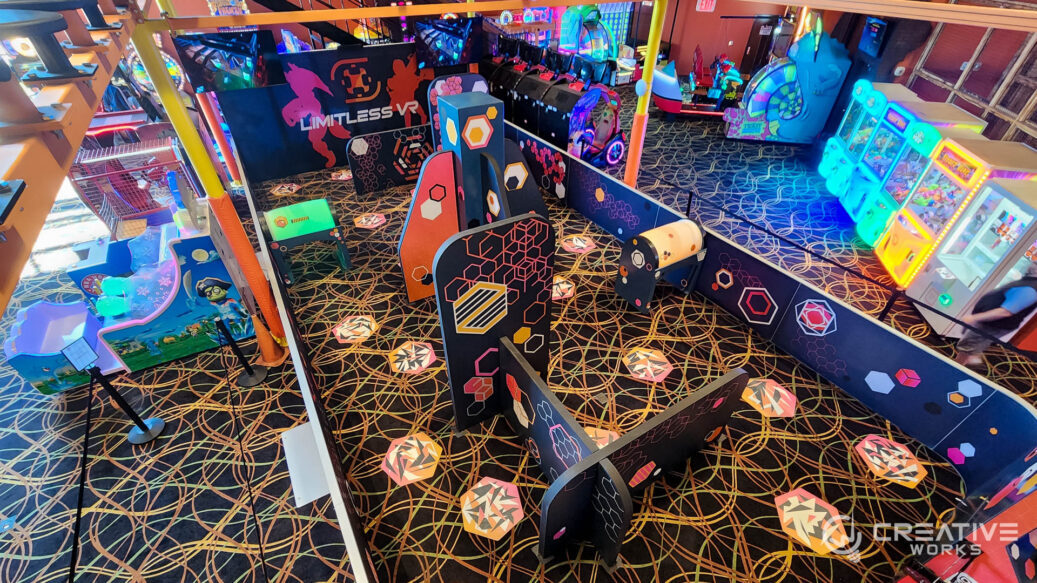
have updates, including a new mobile app for players. Hero Zone and Spree Interactive are
planning to show their turnkey, compact free-roam arenas at IAAPA as well.
On the turnkey arena front, Creative Works will show updates to Limitless VR, including a new mobile app for players. Limitless combines the best of laser tag and free roam VR. From 600 to 1,600 square feet and up to 16 players, it’s the best example of the future of laser tag. Spree Interactive and Hero Zone plan to show more visually appealing turnkey compact free-roam arenas to attract more players.
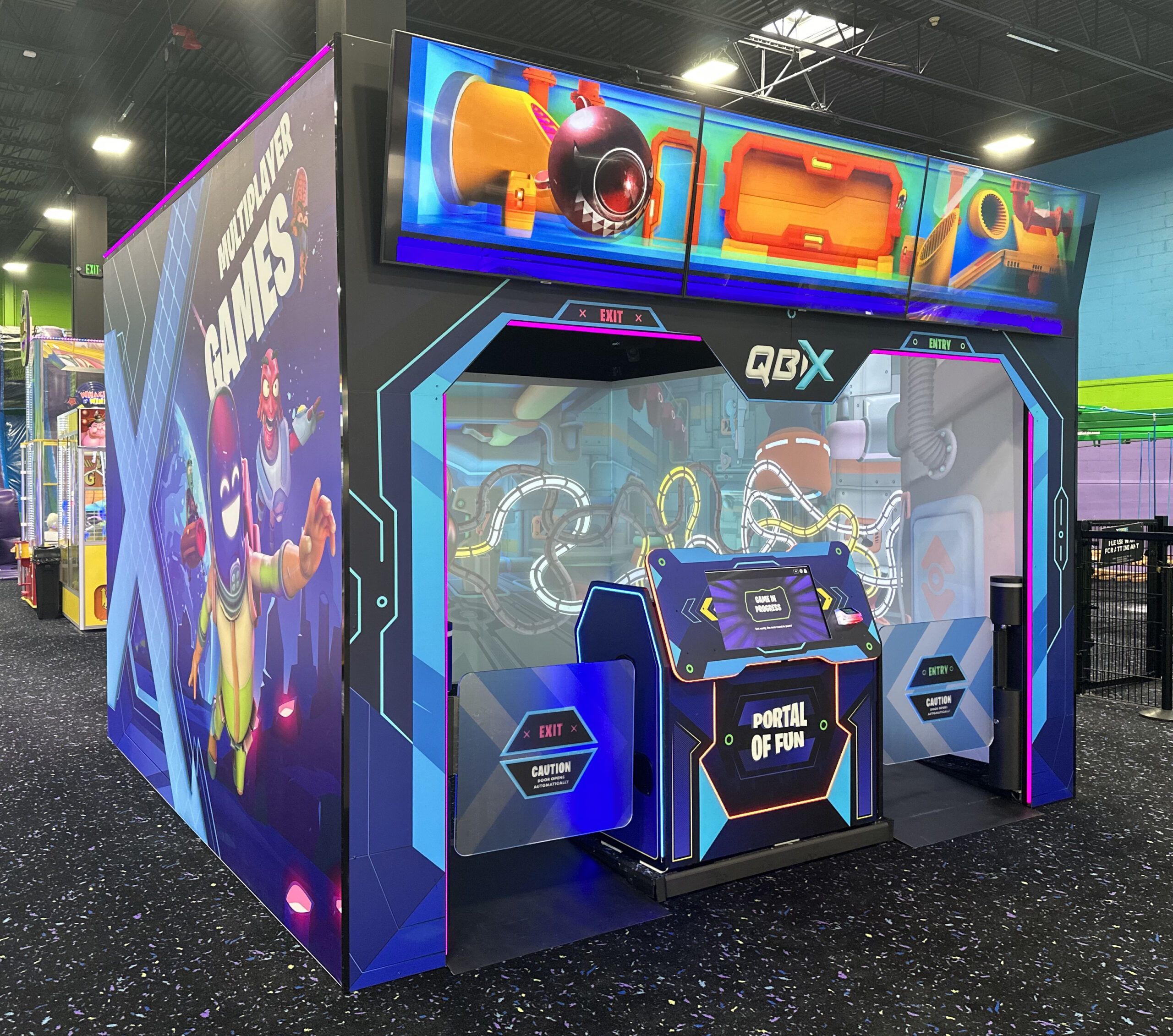
The immersive gaming enclosure market is heating up. Inowize will showcase its new 6-player QBIX with reports of stellar earnings data from initial installations. While it uses VR tracking tech, it eschews the headsets in favor of a 270-degree projection screen. Hopefully, we will also see their new, unattended, multiplayer version of Arkadia, previewed initially at the Amusement Expo in March. And Immersive Gamebox should be showing their new Ghostbusters game from Sony Pictures.
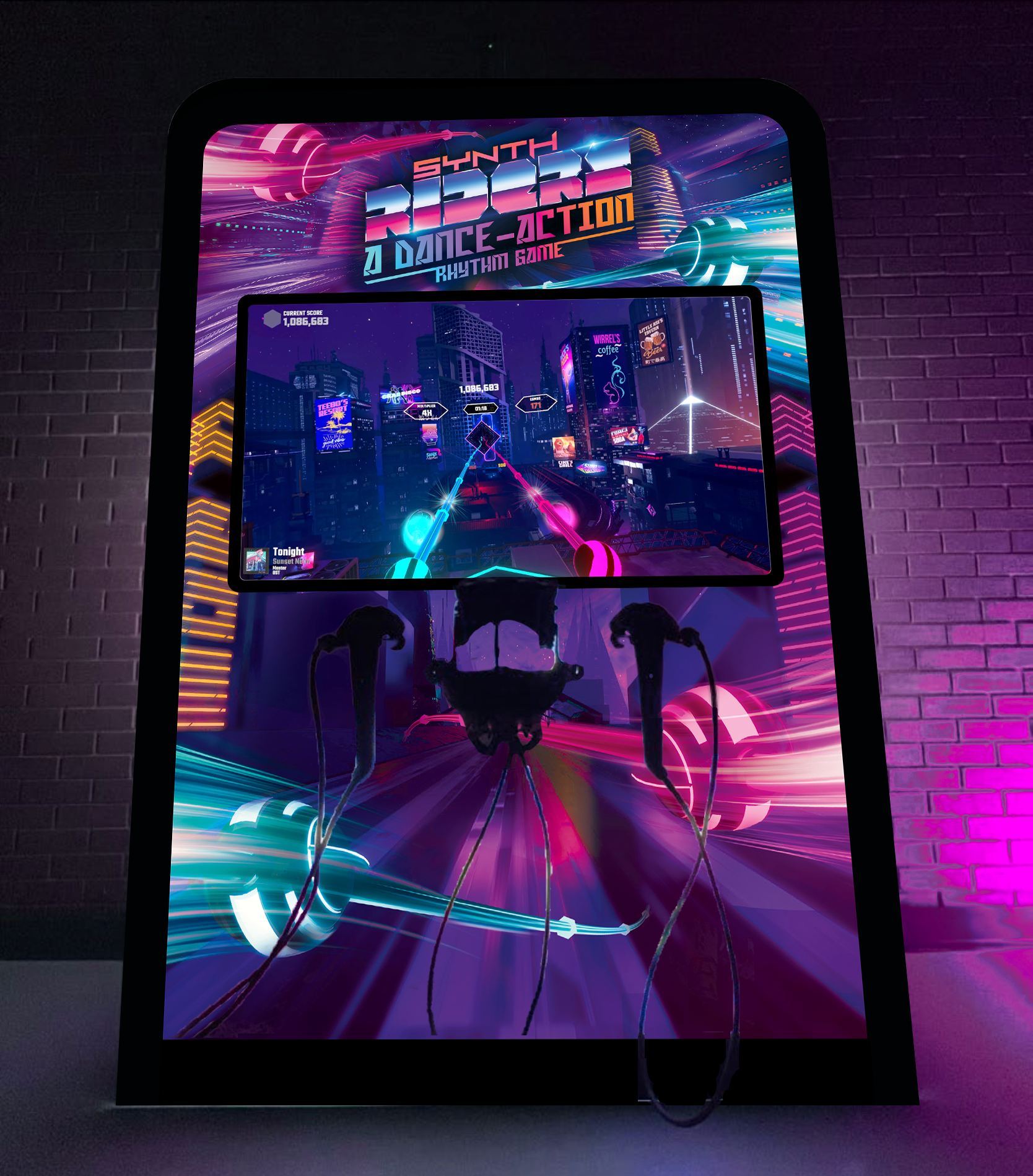
VRsenal is planning to demo a project they call Holotron, which uses a combination of high-speed tracking cameras, lasers with an array of 7,000 mirrors and a video wall to create an immersive, multiplayer, 3D gaming room. Players use their bodies to interact with 3D holograms while playing competitive and cooperative games. It’s still in early development, but it sounds like a fascinating application of full-body tracking technology. They’ve also tested the same tracking tech with a no-controller version of the music rhythm game, Synth Riders. Maybe we’ll see that unveiled at the show.
Unattended VR continues to be a hot item, with manufacturers continuing to bring new products to market. I’ve tried to get info on some of the new stuff coming to Orlando, but factories can be tight-lipped with new releases. Expect to see full production versions of the products that were previewed last year: Raw Thrills Moto GP, LAI Games Asphalt 9 VR, VRsenal’s Zombieland and UNIS’ Sailor’s Quest.
Also, Triotech will have new software for their Storm VR ride. Rumors are that Raw Thrills is testing new software for their popular King Kong of Skull Island, as well as a mysterious T-Rex VR game from a popular dinosaur movie series that could be on the horizon.
HTC is exhibiting at IAAPA for the first time, and I’ll be running a four-day VR education program at the VIVE Theater in their booth. We will feature 20-minute interviews with leading operators, developers and innovators in the VR business.
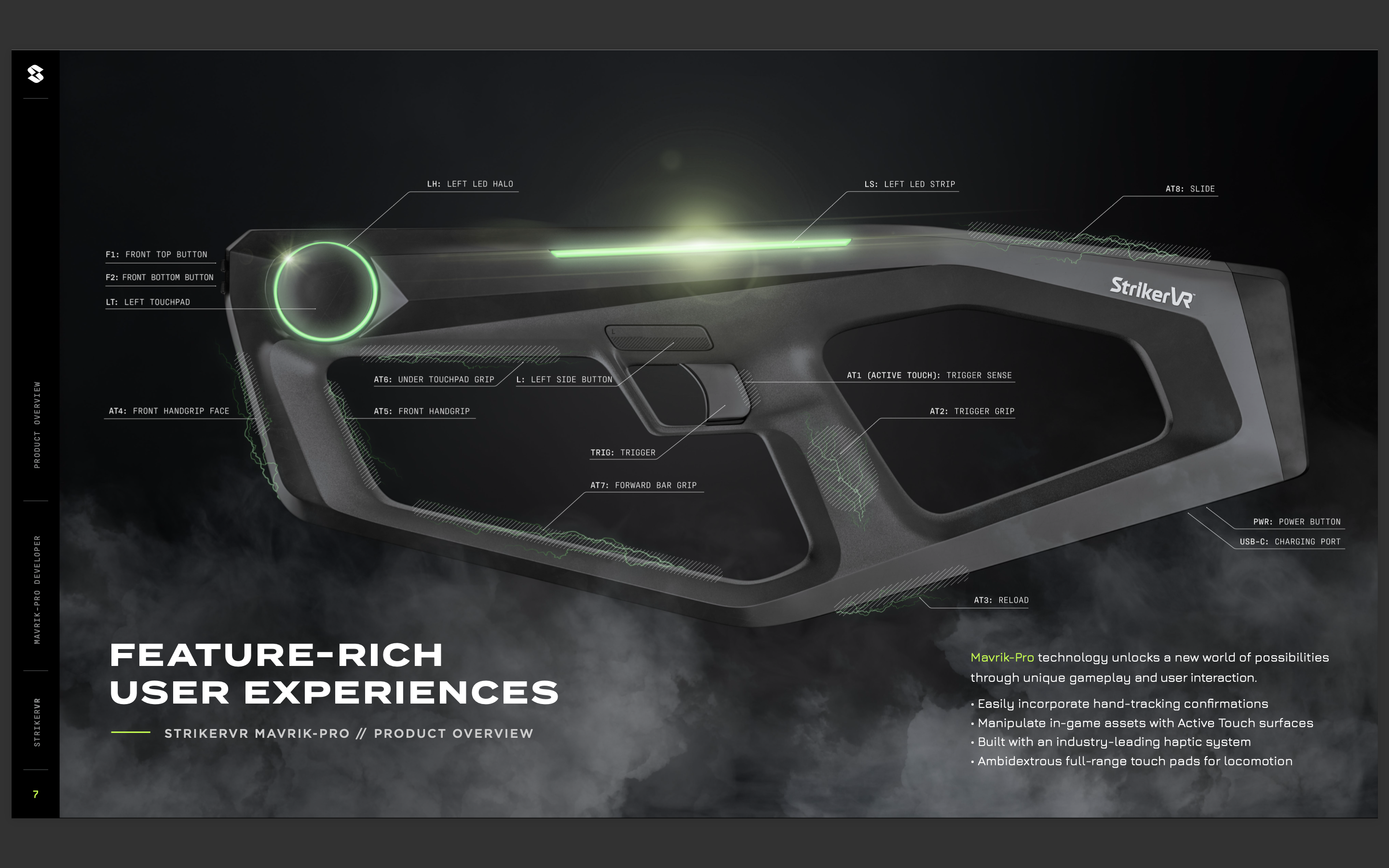
HTC is also highlighting some of their most innovative partners in their booth. Vicon Systems will showcase its new marker-less motion capture system, which offers frictionless full-body tracking for immersive VR experiences. Striker VR will demo their new Mavrik Pro rifle, an advanced haptic feedback controller for free-roam VR. And artist Philip Noyed will tour guests through his Neo Art Space, the largest VR art installation ever created.
HTC will introduce new peripherals, host tech talks, and showcase its VIVE ecosystem for the market-leading Focus 3 headset. For the full schedule of events, go to www.bobcooney.com/ iaapa.
For up-to-the-minute info on what to look for at IAAPA, subscribe to the Insights blog at The VR Collective website (www.thevrcollective.com/blog). It’s where I will do most of my location-based VR writing. It’s already the largest resource for VR arcade products, and we are just getting started. Our goal is to review every viable virtual reality amusement product globally. We are off to a solid start with more than 50 products and more are coming all the time.
See you in Orlando!
Bob Cooney is a global speaker, moderator, and futurist covering extended realities and the metaverse. Widely considered the leading expert on location-based virtual reality, his mission is to prepare the industry for the change coming as these and other emerging technologies begin impacting every aspect of our business and lives. He runs the VR Arcade Game Summit at Amusement Expo and the VR Collective as manifestations of that mission. Follow him at www.bobcooney.com.
